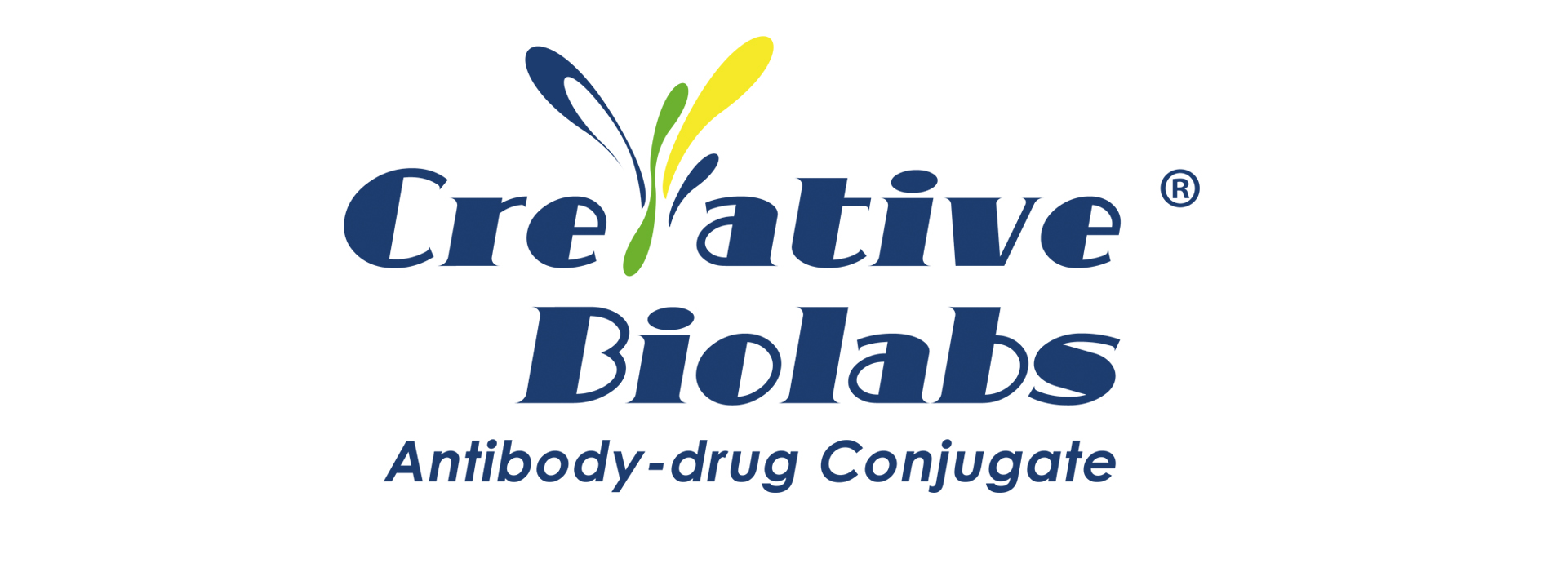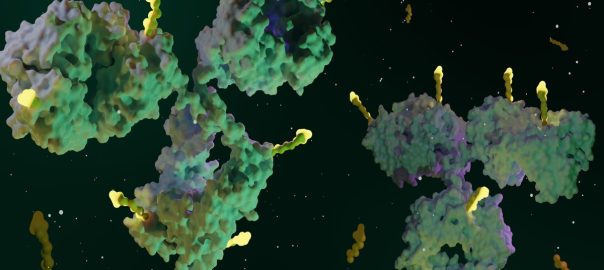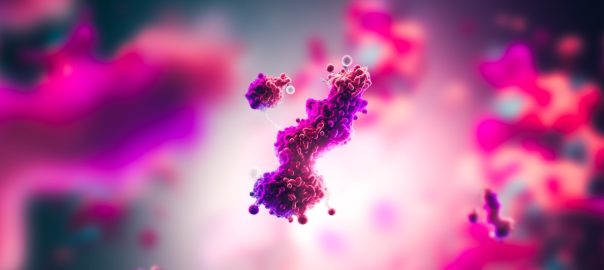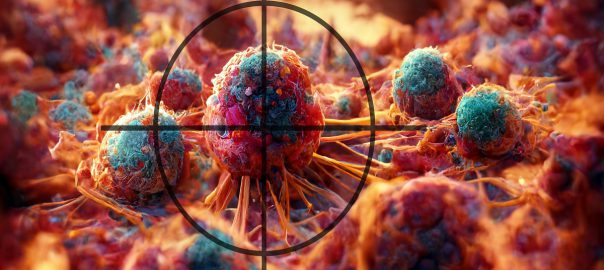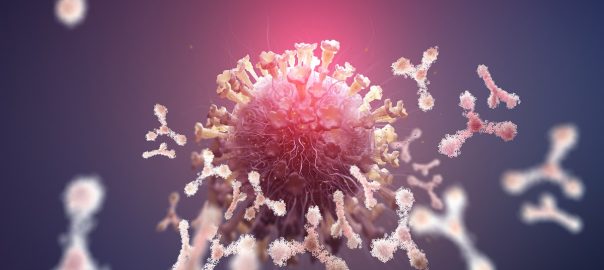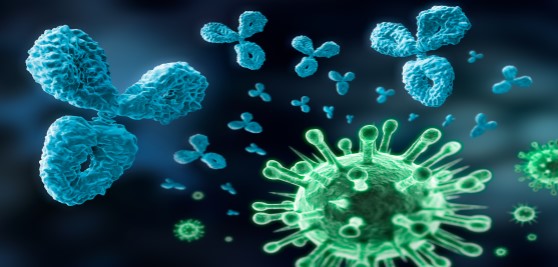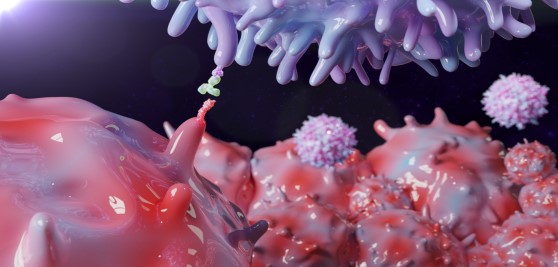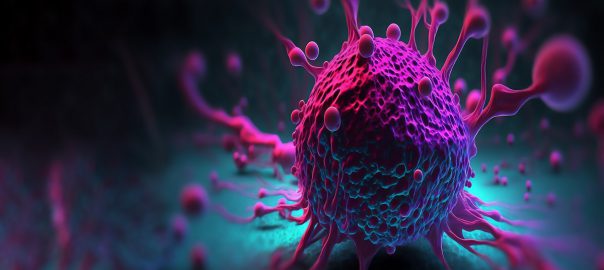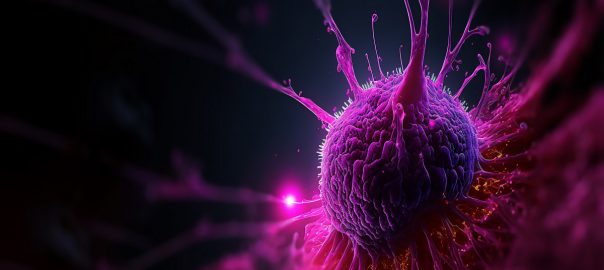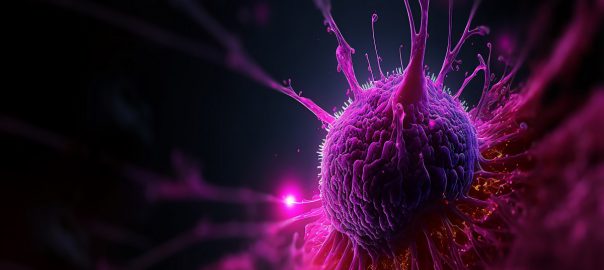Nucleic acid drugs are a frontier field in the development of biomedicine, and the targeted delivery system of nucleic acid drugs is both a difficult and important point. At present, small nucleicRead More…
ADC Drugs on the Market: An Overview
Antibody-drug conjugates, often referred to as ADCs, are a type of dual-targeted therapeutic. They consist of three key components: an antibody, a payload, and a linker. The antibody determines the target disease,Read More…
The Development Trends of the Next Generation of ADC Drugs
The development trends of the next generation of ADC (antibody-drug conjugate) drugs can be observed to show improved specificity and cytotoxicity compared to earlier generations, driven by technological advancements. However, it’s importantRead More…
Four Classic Fixed-point Coupling Techniques for ADC
ADC (antibody-drug conjugate) has emerged as a promising class of anti-cancer drugs, with over a dozen ADC drugs currently approved for the treatment of various types of cancer patients. Traditional ADCs utilizeRead More…
How to Optimize the Safety Profile of ADC Drugs?
Optimization Strategies for Dose Adjustment Due to the dose-dependent nature of adverse reactions in ADC therapies, optimizing safety can be achieved through dose adjustment strategies. These include setting dose limits, maximum treatmentRead More…
A General Review of ADC Adverse Reactions Published
In recent years, the development of antibody-drug conjugate (ADC) therapies has flourished, leading to significant advancements in treating solid tumors. The FDA has approved six solid tumor ADCs so far—Sacituzumab govitecan (SG),Read More…
How to Develop ADC in the Future?
ADC has established a solid position in the oncology pharmacopoeia. Over 1,500 clinical trials of ADCs are listed on clinicaltrials.gov, and an increasing number of drugs are entering clinical trials. It canRead More…
How to Break the Limitations of ADCs?
Like most drugs, the development interruption of ADCs is typically due to a lack of efficacy, safety issues, commercial considerations, or a combination of these factors. Since 2000, among the 97 ADCsRead More…
The Future of ADC: Where to Go?
In 1913, the renowned German chemist Paul Ehrlich introduced the concept of the “magic bullet”, which is considered the earliest description of ADC drugs. In 2000, the FDA approved Mylotarg, the firstRead More…
ADC Change: The Re-evolution of Treatment Patterns
Reviewing the 100-year development history of tumor therapy, it has gone through three revolutions, and also led to the revolution of chemotherapy, targeted therapy. and immunotherapy. It can be said that changeRead More…
